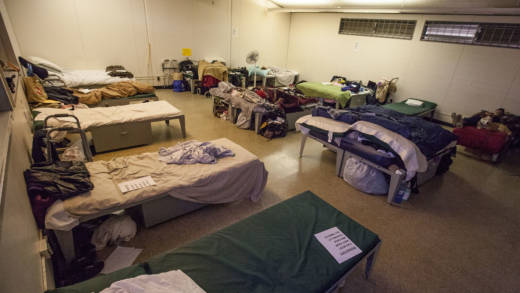In 2015, San Francisco opened its first Navigation Center with the hope of helping chronically homeless people access support services and secure housing. Originally created to transition entire encampments off of the streets at once, the now four Navigation Centers have shifted strategies while still remaining “low-barrier” access shelters. As part of the San Francisco Homeless Project, we take a look at the Navigation Centers, three years in: how they work, who they serve and what critiques they face.
Guests:
Mecca Cannariato, interim program director, The San Francisco Department of Homelessness and Supportive Housing
Kevin Fagan, reporter, San Francisco Chronicle
Kathy Treggiari, director of programs, Episcopal Community Services
Terry Quinn, resident of ECS supportive housing, The Henry
Related Links:
SF Homeless Project at kqed.org
SF Homeless Project at sfgate.com
